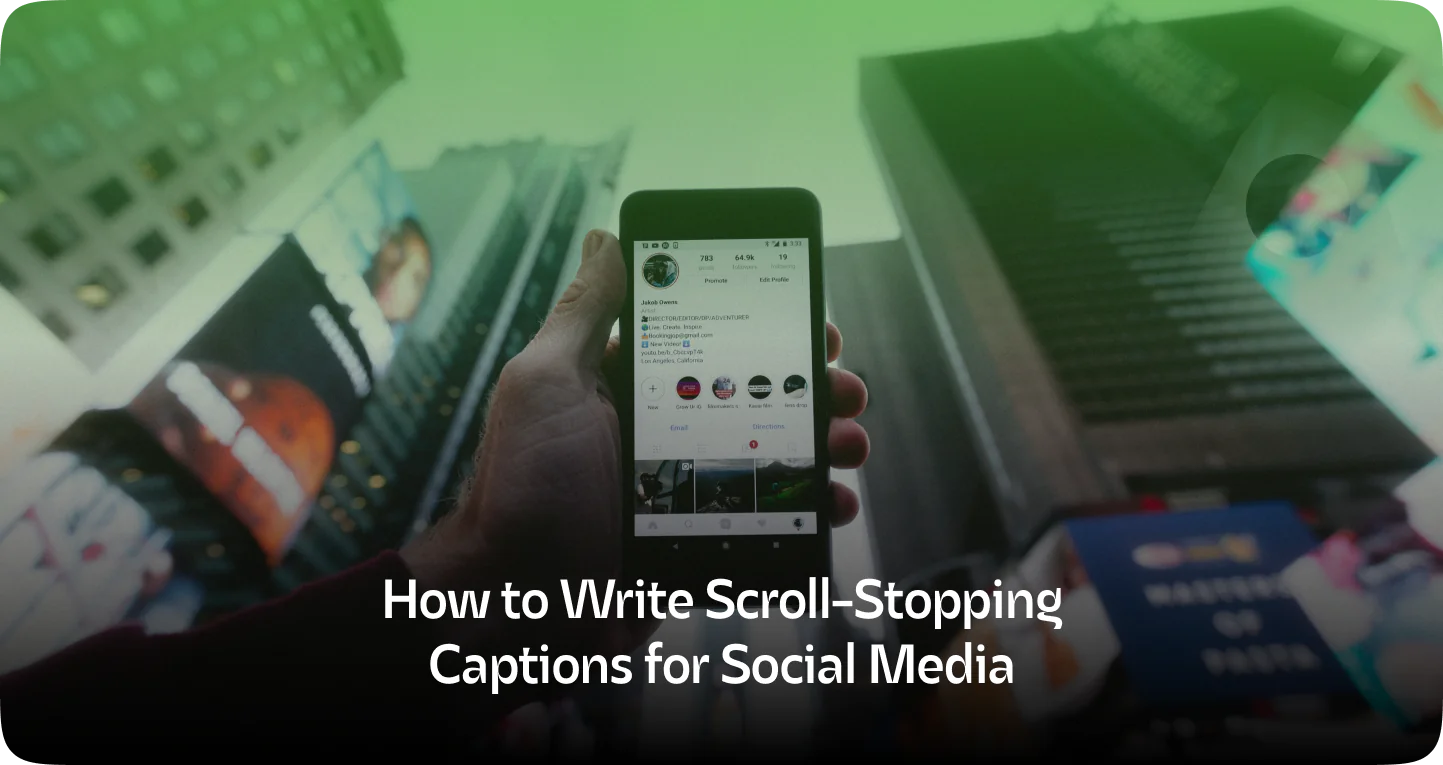Now that we are in the year 2025, everything is getting more advanced and strategic, including social media. If you think you can sail high with the tides using the old social media tactics, you are wrong.
Now, simply creating posts on instagram without any strategy is not going to get you anywhere far. You need to make sure that your objectives are aligned, that you understand your audience, and that you use data to guide your choices.
Whether you are working on your own brand, managing a brand, or starting a new business, having a strategy in place that has been carefully created may make all the difference in the world when it comes to getting real results.
Why You Need a Social Media Marketing Strategy
Your social projects will have a purpose, direction, and measurable goals when you have a good plan. If you don’t have an audience, creating content that doesn’t connect with them or get them to buy anything is probably a waste of time and money. Sprout Social says that businesses with a clear social media strategy get sixty percent more interaction than those without one.
How to Create a Social Media Marketing Strategy That Works
This step-by-step tutorial will show you how to create a social media marketing plan that works.
1. Set SMART Goals
Set goals that are SMART (specific, measurable, achievable, relevant, and time-bound).
Among the examples are:
- Get an increase in interaction on Instagram within months.
- Gain more followers on LinkedIn in a few days.
- Get more people to visit your website by using Facebook.
2. Get to Know Your Audience
Make use of statistics and insights from customers to comprehend the following:
- They are (in terms of age, location, and hobbies).
- Which pieces of content they interact with
- When they are connected to the internet
- Which platforms do they favor the most?
A helpful hint is to adapt your techniques for marketing on social media platforms online to each specific target demographic.
3. Make Sure You Pick the Appropriate Platforms
Stop trying to be everywhere at once. Wherever your audience is most engaged, you should direct your efforts on those platforms. Just for example:
- LinkedIn for business-to-business use
- Instagram or TikTok for the Generation Z
4. Plan Your Content Mix Using Frameworks
Content structures that have been proven effective include:
- 70% value-driven content (educational/inspirational)
20% shared content (industry news, UGC) - 10% promotional content
The 5-5-5 Rule
- Post 5 original contents
- Share 5 from others
- Engage with 5 pieces of content
The 50-30-20 Rule
- 50% curated content
- 30% original
- 20% promotional
The 30-30-30 Rule
- 30% engaging content
- 30% informative content
- 30% brand/product content
5. Create a Content Calendar
Plan your posts weekly or monthly with themes, goals, and formats (Reels, carousels, polls, etc.). This helps ensure consistency and saves time.
6. Leverage Paid and Organic Together
Organic reach and sponsored advertisements are both components of an effective social media marketing plan. Paid marketing increases exposure, but organic campaigns create interaction over a longer period of time.
7. Track, Analyze, Optimize
In order to monitor performance, you may make use of applications such as Sprout Social, Meta Business Suite, and Google Analytics. Check out measures such as:
- Engagement Rate
- Click-Through Rate (CTR)
- Follower Growth
- Conversion Rate
Following that, optimize depending on what is successful.
Examples of Online Social Media Marketing Strategies
Some of the most successful online social media marketing methods that leading firms have employed are as follows:
- Through the use of comedy and a mascot, Duolingo was able to become popular on TikTok.
- The Nike Instagram account features narratives centered on athletes and lifestyles.
- Visual lessons and community boards are now available on Pinterest for Adobe Express.
Every single one of these businesses connects their strategy with the strengths of the platform and the behavior of their audience.
FAQs
A few examples of these include content preparation, audience segmentation, platform selection, engagement strategies, sponsored promotions, and optimization based on data.
An organized strategy that describes your objectives, target audience, content mix, and performance indicators in order to build your brand via the use of social networks is what this is considered.
In order to preserve equilibrium and engagement, this rule recommends that fifty percent of the content be selected, thirty percent be original, and twenty percent be promoted.
Consistency, Content, Community, Conversation, Collaboration, Connection, and Conversion are the components that make up content.
Conclusion
Do not just publish; instead, plan, measure, and develop. The businesses that are successful on social media are the ones who have a plan that can vary, rather than just having a calendar that is full.












